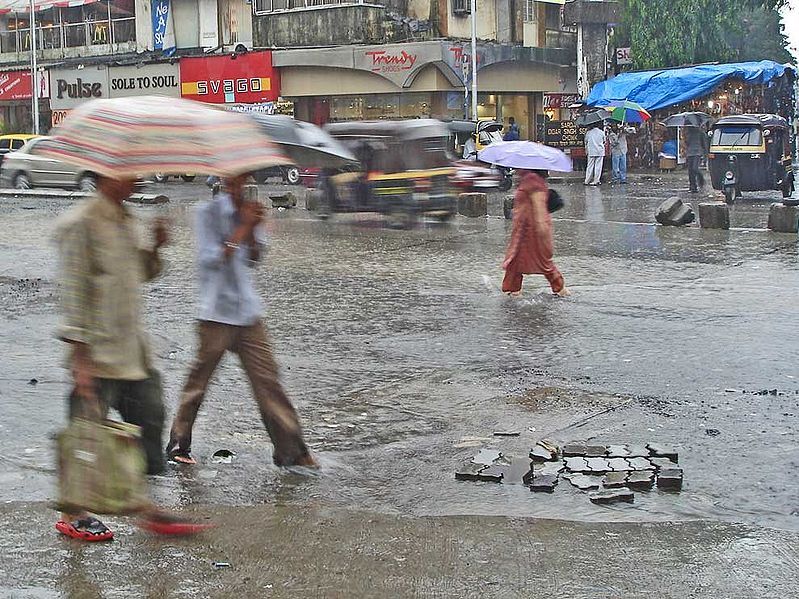South Asian monsoons to be impacted by climate change
A report published in the journal Nature Climate Change studying over 100 pieces of research has found that the South Asian monsoon is likely to increase rainfall in the region.

A report published in the journal Nature Climate Change studying over 100 pieces of research has found that the South Asian monsoon is likely to increase rainfall in the region. Although there is currently no upward trend in rainfall in recent years, the increase in carbon dioxide in the atmosphere and resultant global warming is set to increase rainfall and impact more than 1 billion people.
According to the research, there are several explanations for the lack in trend so far including inconsistent observations, decadal variability, aerosols from industrialisation and land use changes.
Unfortunately current models are not sufficiently advanced to allow the regional projection of rainfall amounts. Rainfall predictions are not as well understood in comparison to temperature, which has had the majority of research focus. To refine models for precipitation, more consistent rainfall data-sets are needed, a better understanding of the thermodynamics over the monsoon region is required and an evaluation of coupled circulation models to analyse potential feedbacks in the system is required.
The monsoon is relied upon by many in the region to provide water for crops and animals, as well as being an integral part of the regions ecosystems. Any change in these patterns could have a significant impact on the people and wildlife in the region.
